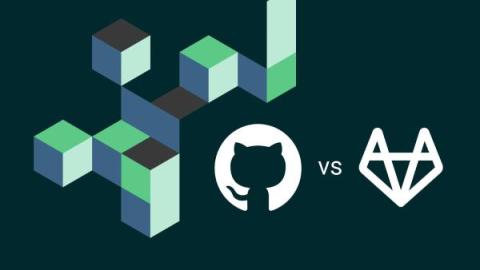Testing a Spring Boot API with SpringBootTest and CircleCI
When it comes to building and delivering modern web applications, the importance of continuous integration cannot be overemphasized. With the rapid pace of software development, ensuring that every change in your codebase is thoroughly tested and seamlessly integrated into your project is essential for maintaining a robust and dependable application.











